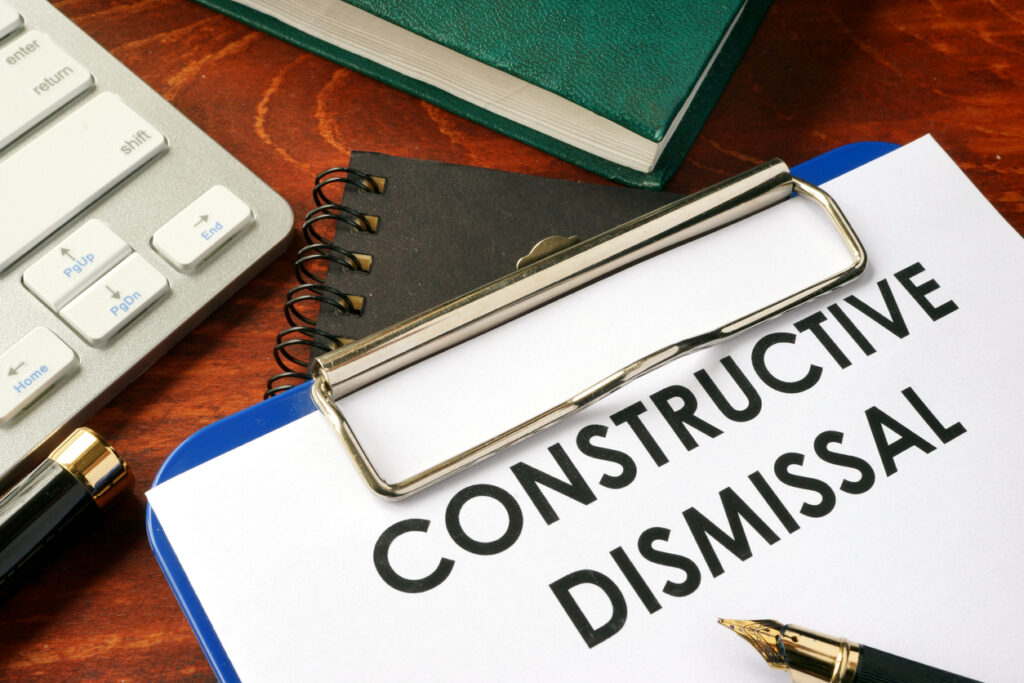
Measuring Absence & Absence Policies
What are the different ways of measuring absence, and what should a good absence policy contain?
Measuring Absence
Effective absence management means accurate monitoring of absence, then identifying trends in and exploring underlying causes for absent workers. There are a number of different ways of measuring working time lost:
Lost Time Rate
This measure expresses the percentage of the total time which has been lost due to absence. It can be calculated separately per department if you need to identify areas of concern.
The calculation:
(Total absence (hours or days) in the period/Total of possible working time (hours or days)) x 100
The answer will express the amount of time which has been lost as a percentage.
For example, if an employee is absent for 1 full day (8 hours) every working week (40 hours), the percentage of time lost would be 20%:
8/40 = 0.2
0.2 x 100 = 20
Frequency Rate
This measure shows the average number of absences per employee, expressed as a percentage. A potential drawback is that this method gives no indication to the length of each absence, or any indication of employees who take more than one spell of absence.
The calculation:
(Number of spells of absence in the period/Number of employees) x 100
The answer will express an individual frequency rate by counting the number of employees who take at least one spell of absence in the period, rather than the total number of spells of absence.
For example, if there have been 12 spells of absence in a work force of 60 in the time period, the average percentage of absence per employee is 20%:
12/60 = 0.2
0.2 x 100 = 20%
The Bradford Factor
The Bradford Factor identifies persistent short term absence for individuals by measuring the number of spells of absence. It is a useful measure of the disruption caused by persistent short-term absence, but care should be taken when using this as a guide to identify issues in an employee’s absence record.
It is calculated by the following formula:
S x S x D
S = the number of spells of absence taken in 52 weeks by that individual.
D = the number of days of absence taken in 52 weeks by that individual.
For example, if an employee takes 5 2-day absence in 52 weeks, then that employee’s Bradford Factor score would be 250:
5 x 5 x 10 = 250
The use of the Bradford factor is controversial when considering issues it presents with an employee’s absence record as it can unfairly penalise employees who fall ill but come back to work as quickly as possible. For example, if an employee was to take 2 5-day absences in a 52 week period, although taking just as much time off as the employee who takes 5 2-day absences, their score is much lower:
2 x 2 x10 = 40.
Therefore the reasons for an employee’s absence should be discussed before any disciplinary action is taken based on their Bradford score. A person’s disability may predispose them to regular short-term absence, and this could lead to legal action if their disability is not taken into account when considering absence levels.
Our absence management system, Clocked-In, can help you keep track of employee absence.
What Should Absence Policies Contain?
Employers should have a clear and accessible absence policy which explains the procedures for absence of any kind. It is a legal requirement that staff are given information on any terms and conditions relating to incapacity for work due to sickness of injury, including any sick pay schemes or provision.
An absence policy should:
- Explain when and who employees should notify if they are not able to attend work.
- Provide details of contractual sick pay terms and their relationship to statutory sick pay.
- Include any details on after how many days an employee needs to fill in a self-certification form.
- Contain details of when employees need to provide a fit note from their doctor.
- Note that the employer reserves the right to require employees attend an examination by a company doctor or occupational health professional and, with the employee’s consent, to request a report from the employee’s doctor.
- Explain that adjustments may be appropriate to assist employees with returning to work as soon as they can.
- Include provisions for return-to-work interviews.
- Give guidance on absence during major or adverse events (such as adverse weather conditions, pandemics, or events such as the Olympic Games)
- Explain how any review or trigger point system operates.
Fit Notes
A complete fit note will either pronounce an employee ‘Not fit for work’ or ‘May be fit for work’. If ‘May be fit for work’ has been selected, one of the following options should also be chosen:
- Phased return to work;
- Amended duties;
- Altered hours; or
- Workplace adaptations.
The doctor may also make additional comments to help employers decide on what action should or could be taken in helping the employee return to work.
Need a new absence policy? In-House HR has built-in, customisable absence policies ready to download. Let In-House HR take the strain of your people management. Learn more at www.in-househr.co.uk or email us at info@in-househr.co.uk.





